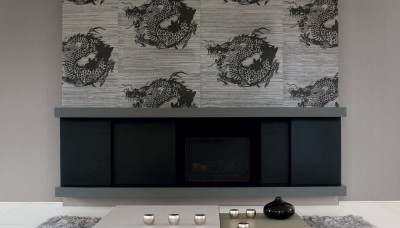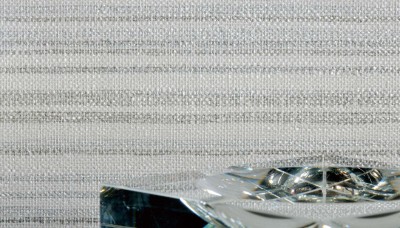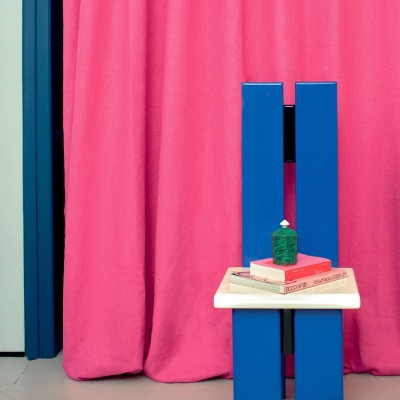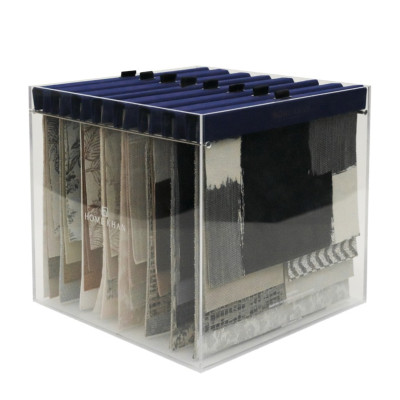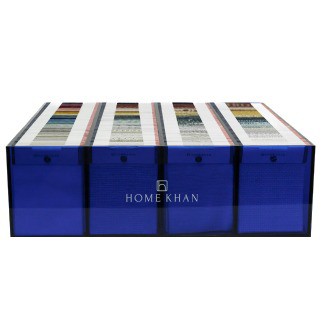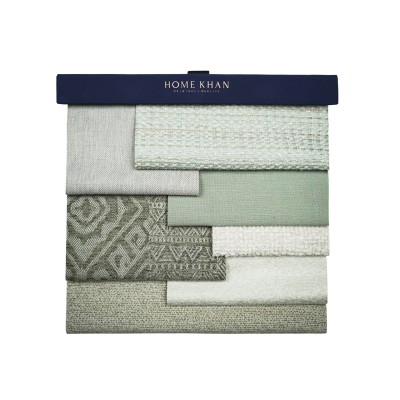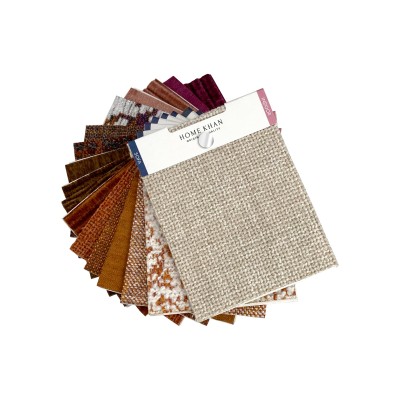Gluing and laying wallpaper on the wall is a meticulous and skillful process. The following is a detailed step-by-step description: Preparation
1. Clean the wall: First, make sure the wall is clean, flat, dust-free, and free of oil stains. Wipe the wall with a clean, damp cloth to remove dust and repair wall defects, such as cracks and holes, if necessary.
2. Measure the wall: Use a tape measure to measure the height and width of the wall, calculate the length and quantity of wallpaper needed, consider pattern matching and loss, and buy slightly more wallpaper than you actually need.
3. Cut the wallpaper: According to the size of the wall, lay the wallpaper flat on a flat surface, use a tape measure and a sharp wallpaper knife to cut to the appropriate length, paying attention to the alignment of the pattern.
4. Mix wallpaper glue: According to the instructions of the wallpaper glue, mix the glue powder and water evenly in proportion, and let it sit for a period of time until it reaches the appropriate consistency.
Glue
1. Apply glue: Use a wide brush or a special glue applicator to evenly apply glue on the back of the wallpaper, from the center to both sides, making sure the edges are also covered but avoid excess. For heavy or non-absorbent wallpaper, it may be necessary to apply glue to the wall as well.
2. Fold the wallpaper: After applying glue, fold the wallpaper in half (with the pattern side facing in) and allow the glue to penetrate for a few minutes, this is called "booking". For long or heavy wallpapers, roll them up and let them absorb glue naturally.
Laying wallpaper
1. Positioning: Starting from the corner or the most inconspicuous corner, gently uncover one end of the predetermined wallpaper, align it with the top of the wall or the predetermined starting line, and use a flat object such as a ruler to help maintain the straight line.
2. Flatten and adjust: Unfold the wallpaper downwards slowly and steadily, and use a scraper or pressure wheel to remove air from the middle to both sides to prevent bubbles. For large patterns, make sure the patterns are aligned.
3. Cutting and trimming: When reaching a corner or obstacle, use a wallpaper knife to cut accurately along the edge, leaving an appropriate amount of edge for trimming. When encountering switches and sockets, etc., first cut them with a utility knife, and then trim them carefully.
4. Continue laying: Follow the same method and continue laying the next piece of wallpaper, paying attention to the alignment of the pattern and the treatment of the seams. The seams should fit snugly and a damp cloth can be used to help adjust.
5. Cleaning: After the paving is completed, immediately use a damp cloth or sponge to clean up the spilled glue to avoid being difficult to handle after drying. Inspect all wallpaper surfaces to make sure there are no omissions or imperfections.
Final Inspection and Maintenance After finishing the installation, allow the wallpaper to dry completely. Depending on the material of the wallpaper, this may take anywhere from a few hours to a day.
Check all wallpaper seams and edges to make sure they are secure and not lifted.
Keep the room well ventilated and avoid direct exposure of newly-pasted wallpaper to strong sunlight to prevent fading or deformation.
Through the above steps, you can ensure that the wall gluing and wallpaper laying work is both beautiful and long-lasting.

